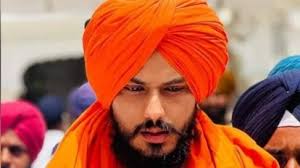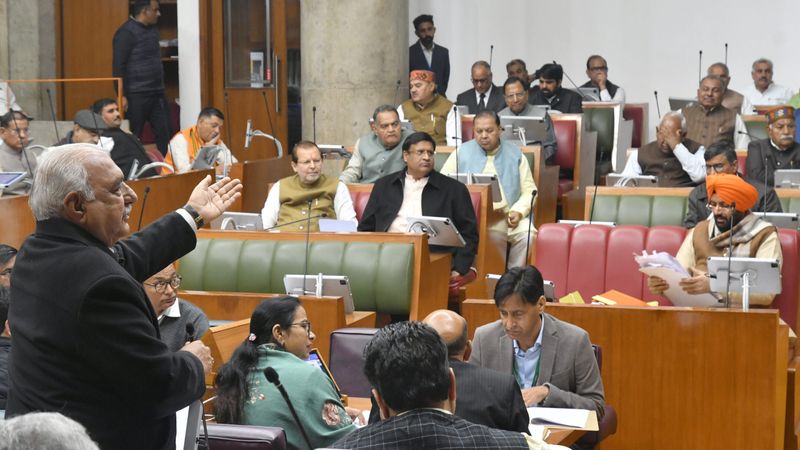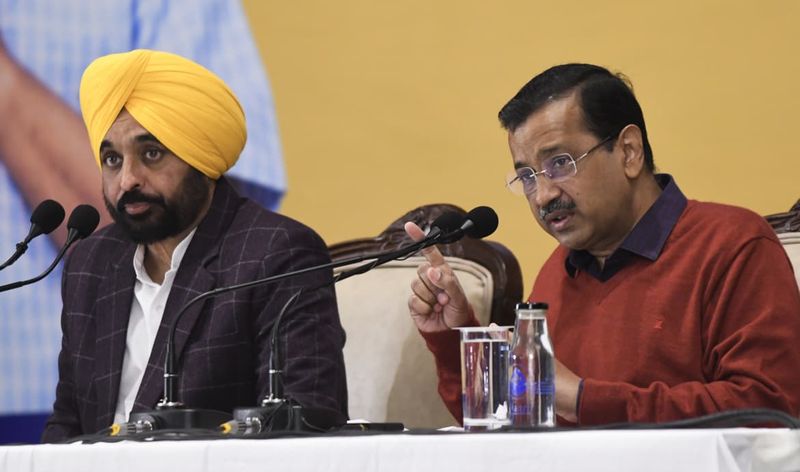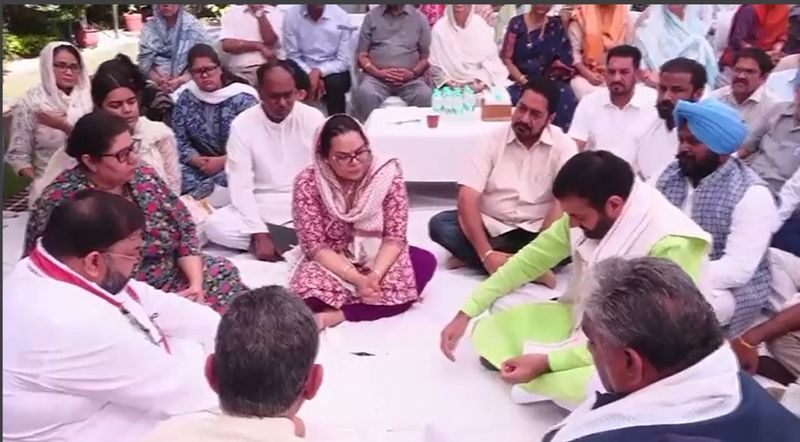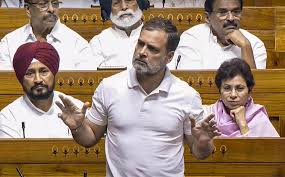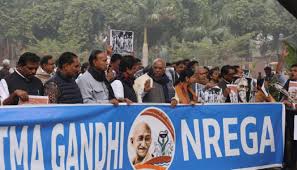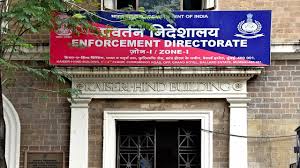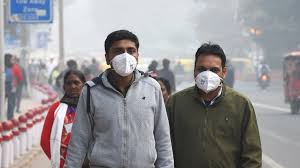Listen To This Post
HARISH MANAV
With the FIR finally registered late Thursday night—naming 15 senior Haryana officers, including DGP Shatrujeet Kapur and SP (Rohtak) Narendra Bijarniya—the focus has now decisively shifted to the next course of action in the death-by-suicide case of IPS officer Y. Puran Kumar.
The registration of the FIR, under sections of abetment to suicide and provisions of the Scheduled Castes and Scheduled Tribes (Prevention of Atrocities) Act, came after nearly 48 hours of family protest and national outrage. Now, with the legal process formally set in motion, attention turns to whether the investigation will match the gravity of the allegations.
Pressure for Swift Action: Suspension and Arrests Next
The bereaved family, led by Amneet P. Kumar, wife of the late officer and a Haryana-cadre IAS officer, has made it clear that justice begins only when arrests are made and the accused are suspended from service.
“The FIR is the first step. Those named must be arrested to prevent interference or tampering with evidence,” a family member said on Thursday night. Late Thursday night, the Chandigarh Police, which registered the FIR under the supervision of senior UT officials and after consultation with the Ministry of Home Affairs (MHA), now faces the crucial task of summoning and questioning the accused officers, several of whom hold influential positions in the Haryana administration.
Given that the names include- Shatrujeet Kapur (DGP Haryana), Anurag Rastogi(Chief Secretary Haryana), Amitabh Dhillon, Sanjay Kumar, Pankaj Nain, Kala Ramachandran, Sandeep Khirwar, Siabsh Kabiraj, Narendra Bijarniya (SP Rohtak), Manoj Yadava, P.K. Agrawal and T.V.S.N. Prasad — all senior IPS/IAS officers, three of whom are retired and investigation is expected to involve complex jurisdictional and service-rule procedures. Legal experts say the UT administration may have to seek sanctions under the All India Services (Discipline and Appeal) Rules before initiating any arrest or custodial interrogation of serving officers.
Call for Independent or CBI Probe
Multiple organisations, including the National Commission for Scheduled Castes (NCSC), have called for an independent or CBI-monitored investigation. The Commission, which took suo motu cognisance of the case on Thursday, has issued notices to the Chandigarh Chief Secretary and DGP, seeking a seven-day action-taken report under Article 338 of the Constitution.
The NCSC’s notice seeks full details of the FIR, the names of the accused officers, their arrest status, and any compensation provided to the family. The Commission has warned that failure to respond could invite summons under civil court powers. A senior official said the NCSC may also recommend protection for the complainant and her daughters, citing “credible threats and potential misuse of power by accused officials.”
Medical Board to Conduct Post-Mortem
With the FIR registered, the post-mortem of the officer is expected to be conducted by a medical board from PGIMER, Chandigarh, on Friday. The family had refused to allow the post-mortem until the case was registered and insisted it be performed at PGIMER instead of GMSH-16 or GMCH-32. Sources said the medical board would include forensic experts and a psychiatrist, as per SC/ST Atrocities Act guidelines, to ensure the process remains transparent and credible. The post-mortem report, along with the eight-page suicide note, will form the backbone of the prosecution’s evidence.
Administrative Fallout: Eyes on Haryana Government
The Haryana Government is under mounting pressure to take administrative action against officers named in the FIR. Under service conduct rules, once an officer is booked under the SC/ST Act or for abetment to suicide, the government can place them under suspension pending inquiry.
Opposition leaders, including Bhupinder Singh Hooda and Kumari Selja, have already demanded suspension and arrest of the accused. Hooda said, “It is the state government’s responsibility to ensure justice in this case. If a senior police officer is not safe, one can imagine the plight of ordinary citizens.” Political observers say the case could escalate into a significant administrative and caste-equity debate, especially with national leaders such as Congress president Mallikarjun Kharge alleging that the BJP has “institutionalised a Manuwadi system that continues to deny justice to Dalit officers.”
Legal Course and Anticipated Challenges
Legal experts anticipate that the investigation will hinge on three crucial elements:
- Authenticity and admissibility of the suicide note as a dying declaration under Section 32 of the Indian Evidence Act.
- Establishment of abetment—linking the accused’s conduct to the deceased’s mental distress and eventual suicide.
- Proof of caste-based discrimination under the SC/ST Act, which carries enhanced punishment if proven.
- “The case will test how effectively the Atrocities Act is applied when the accused are senior bureaucrats themselves,” said advocate P.S. Chahal, a Chandigarh-based legal expert.
Community and Civil Society Mobilisation
Meanwhile, members of the Valmiki Sabha, Ambedkar Sabha, and All India Confederation of SC/ST Organisations have vowed to monitor the case until justice is delivered. On Thursday evening, they met Chief Minister Nayab Singh Saini, demanding suspension of the accused and security cover for the bereaved family. “This is not just a suicide — it is an institutional failure,” said a representative of the Ambedkar Sabha. “If such an upright Dalit officer could be humiliated to this point, it shows how deeply entrenched prejudice remains.”
A Broader Test for the System
Puran Kumar, a 2001-batch IPS officer, died, triggering a broader debate about mental health, caste bias, and accountability within the police service. As the investigation proceeds, the case has become more than a law-and-order issue. It now stands as a litmus test—for the Chandigarh Police, the Haryana Government, and the broader administrative system—to prove that justice and equality are not selective privileges, but constitutional guarantees.





